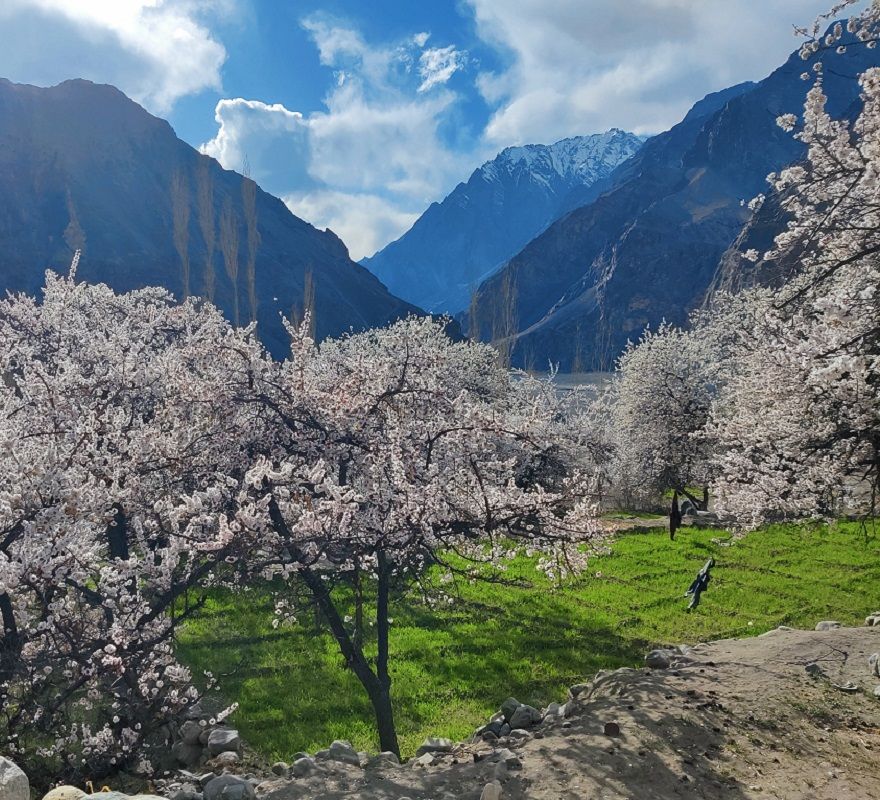
Editor’s note: The global COVID-19 crisis has left each one of us deeply affected and we want to help. Burda Media India has organised a fundraising campaign to #FightBackWithTesting and donating RT-PCR test kits to the worst-affected areas in India, which will be secured from our testing partner Mylab Discovery Solutions. You can help these kits reach many more by donating for the cause or by adopting a kit. Click here to join the fight.
Climate change has been a long-standing concern among scientists as new evidence of alterations in the Earth’s natural processes continues to emerge. Warming temperatures in Antarctica have helped in the formation and spread of ‘green snow’ to the extent that it is even visible from space. By Manya Saini
The thought of Antarctica creates vibrant images of an endless expanse of white wilderness, but that is no longer the reality. New research published in Nature Communications has found that the continent is acquiring a green tinge due to algae blooming on the land, all thanks to the perils of climate change.
View this post on Instagram
Deemed ‘Green Snow’ by scientists, the formation is so prolific and extensive that it is even visible from space. The full extent of the spread has remained unknown until now, even though many expeditions like the one undertaken by Ernest Shackleton, an explorer from Britain, have noted the presence of algae in Antarctica.
A research team of the University of Cambridge and the British Antarctic Survey have together created the first-ever map of the algae blooms on the peninsula. The data used is a collection of the images captured by European Space Agency’s Sentinel 2 satellite over two years along with on-ground observations by the team.
As temperatures have gotten warmer than the average, throughout the year, the algae have begun germinating on the surface. The phenomenon is especially visible along the coastlines of the Antarctica where the effect of climate change is felt the strongest. Another cause of significant worry in the research published was that 60 per cent of the blooms were close to penguin colonies.
View this post on Instagram
Mosses and lichens are dominant photosynthetic organisms present in Antarctica. Researchers are now planning to extend their research of mapping the carbon footprint of algae to the red and orange ones on the continent as well. However, according to the team, those are harder to track from space.
Recently, the continent recorded its most severe heatwave in documented history leading to scientists expressing concerns on the rate at which the polar ice was melting.
Related: Arctic Summers Likely To Be Ice-Free By 2050 Due To Climate Change Crisis










